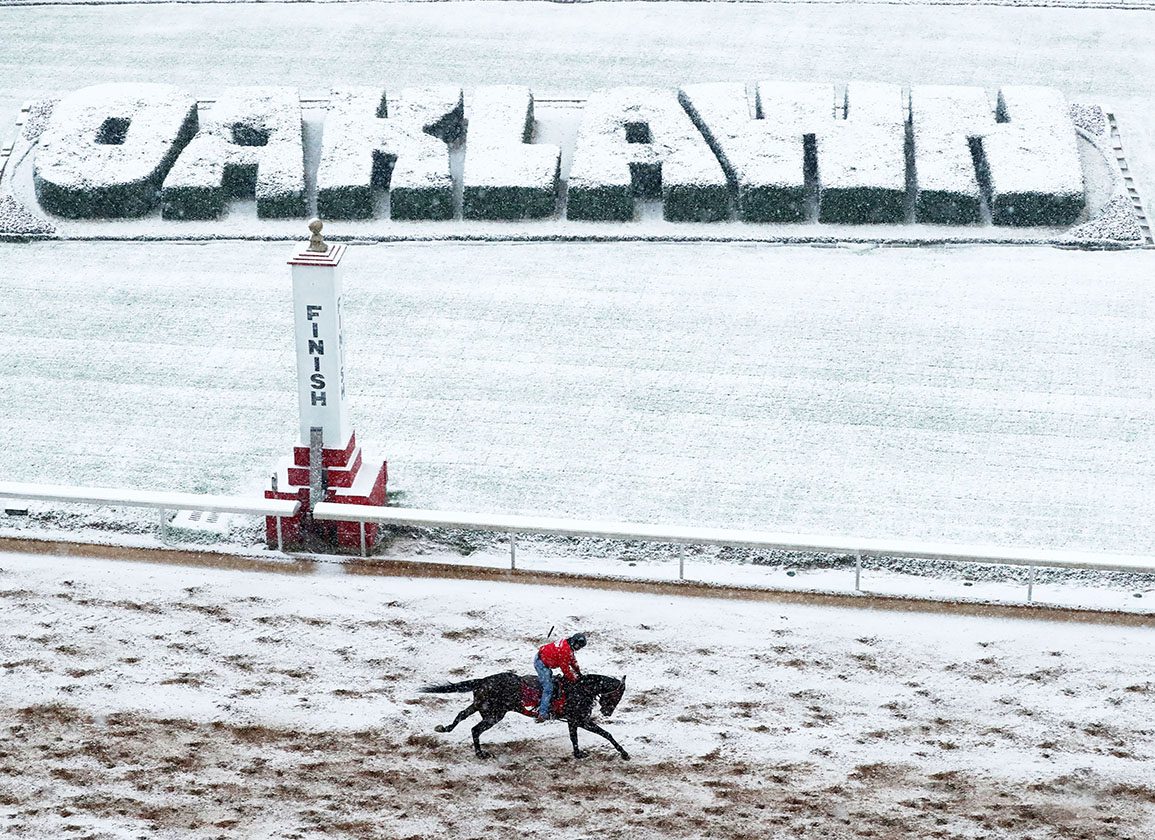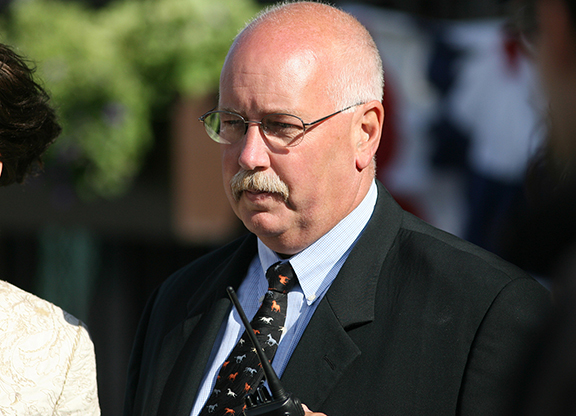A report in the Feb. 20 Lexington Herald-Leader, claims that Midwest trainer Tom Swearingen, who filed a class-action lawsuit in February 2019 alleging that Hagyard Davidson McGee Associates had been falsifying dates on radiographs for over a decade, admitted in a deposition that he never viewed or relied on X-rays during the years in question, nor did he have a veterinarian examine X-rays. "That is the foundation of his claim, and removing that foundation causes that whole complaint to collapse," Tom Miller, the attorney representing Dr. Robert Hunt, one of...









